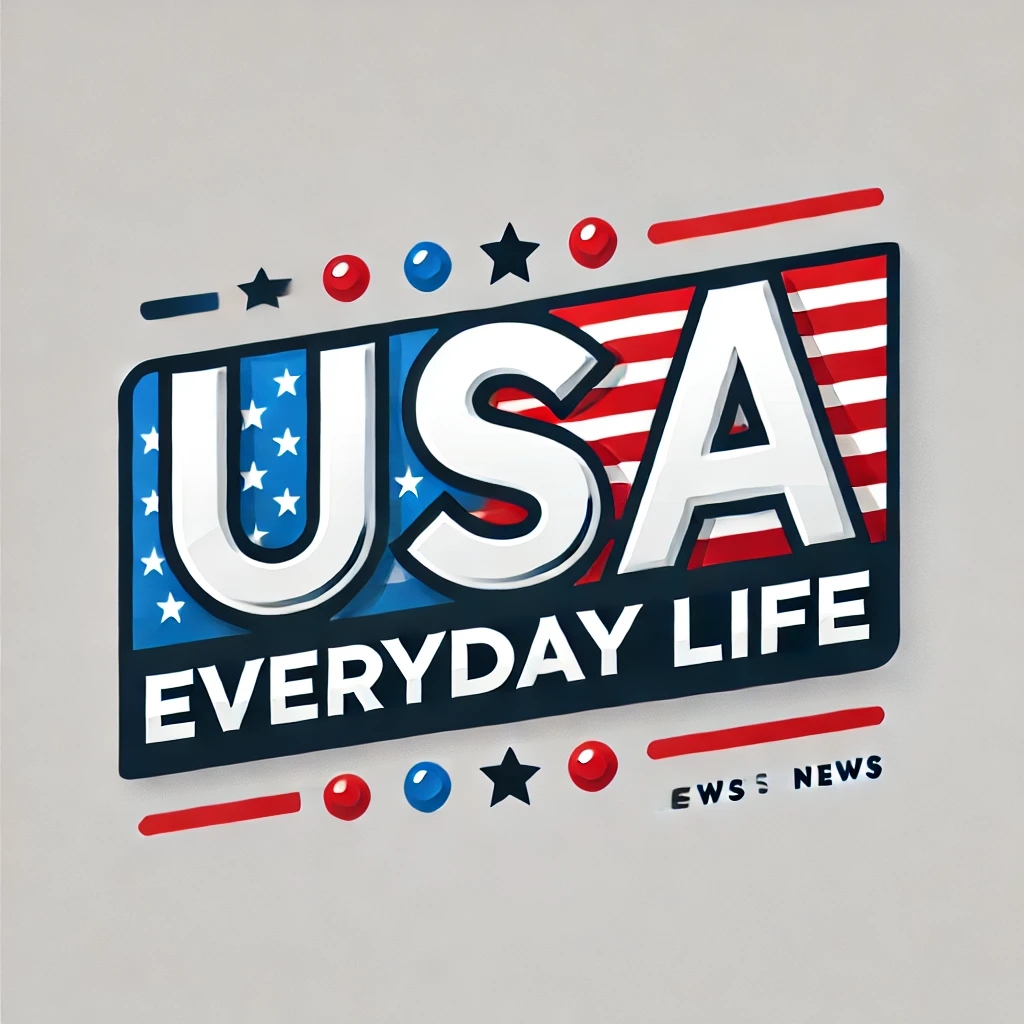Attractive yields and solid fundamentals make investment-grade corporate bonds one of the best investments for income investors in 2025, according to Schwab. The assets have gotten expensive, with yield spreads at very low levels when compared to Treasurys. However, company profits and balance sheets remain strong , Collin Martin, fixed income strategist at Schwab Center for Financial Research, said in an interview with CNBC. “They have those high-grade ratings for a reason,” Martin said. “Considering you can get a yield of 5% or more, we think that is very attractive, especially now that short-term rates have fallen,” he added. “You can earn higher yields with intermediate-term investment-grade corporates than what you can get with money market funds or Treasury bills.” The Schwab 5-10 Year Corporate Bond ETF (SCHI) currently has a 5.06% 30-day SEC yield and an expense ratio of 0.03%. SCHI YTD mountain Schwab 5-10 Year Corporate Bond ETF year to date Americans have piled into cash-like instruments such as money market funds this year. Total money market fund assets are sitting at $6.77 trillion, as of the week ended Dec. 4, according to the Investment Company Institute . However, short-term yields, like those in money market funds, are expected to decrease as the Federal Reserve lowers interest rates . For instance, the Crane 100 Money Fund Index, which is based on the largest taxable money funds, had an annualized seven-day yield that topped 5% earlier this year. It has since fallen to 4.42%. While there is the possibility that inflation could reaccelerate due to policy changes from the Trump administration, Martin thinks investment-grade corporate bonds will hold up. “The current fundamentals are so strong that even if we get some sort of slowdown because of tariffs or trade wars, we think that corporates are in pretty good shape,” he said. Overall, Schwab is expecting a bumpy ride for fixed income investors in 2025. Because of uncertainties heading into next year, the firm is advising investors to stay around the duration of the Bloomberg U.S. Aggregate Bond Index, which is about 6.2 years, or lower. The index measures the broad U.S. investment-grade bond market, including Treasurys. Duration is a measurement of a bond’s price sensitivity to fluctuations in interest rates, and prices have an inverse relationship to rates. Bonds with longer maturities tend to have greater duration. “The bond market is caught between the Federal Reserve’s plans to cut interest rates, and the risks to higher inflation and debt levels in 2025 from potential policy decisions made in Washington D.C.,” said Kathy Jones, chief fixed income strategist at the Schwab Center for Financial Research, in her 2025 outlook . “Given the uncertain outlook and timeline for policy, we favor adjusting duration to neutral or lower to help mitigate interest rate risk.” Schwab’s U.S. Aggregate Bond ETF (SCHZ) tracks the Bloomberg U.S. Aggregate Bond Index, and has a 30-day SEC yield of 4.31%. The firm also has an ETF that tracks shorter duration investment-grade bonds. The Schwab 1-5 Year Corporate Bond ETF (SCHJ) has a 4.73% 30-day SEC yield. Both funds have an expense ratio of 0.03%. While the firm’s tactical guidance is for duration being at or below the benchmark, it can still strategically make sense for investors to go above it, Martin said. “Income-oriented investors who have a longer investing horizon, if a 4%, 5% yield or income is going to help you reach your goals, that shouldn’t stop you from considering intermediate duration or some longer-term bonds, even with the risk of yields moving higher,” he said. “If you can lock that in and the income can help you in retirement or near retirement… we think that is what is most important,” Martin added.
